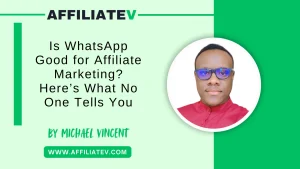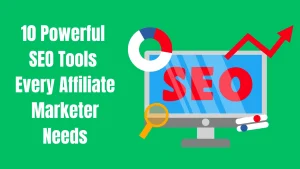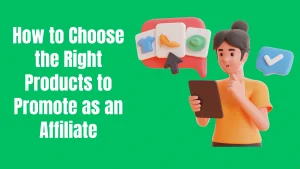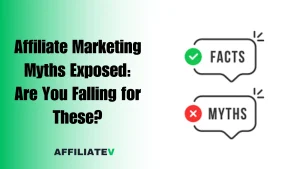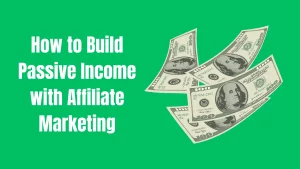Learn how to start affiliate marketing without a website using free tools, smart platforms, and real strategies that actually earn.
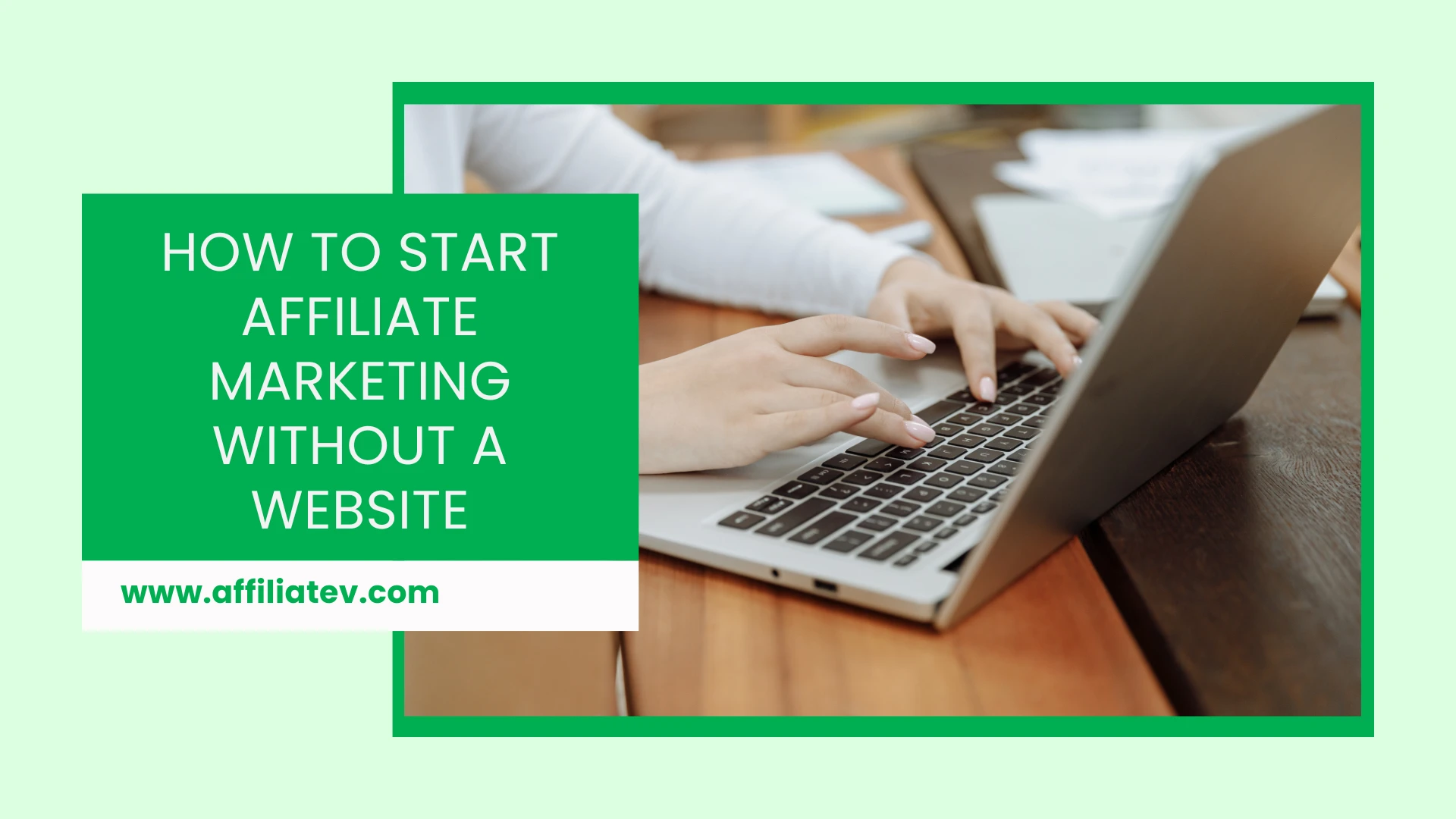
Let me clear this up right away: yes, you can start affiliate marketing without a website. I’ve done it before, and it worked so well. Many others are also doing it right now. You don’t need hosting, domains, themes, or any of that to get going.
I’ve seen many people earn their first commissions using just a phone and a TikTok account. No website. No tech skills. Just hustle, real content, and consistency.
One guy I know posted faceless videos reviewing Amazon finds. He made $300 in a week. All he used was a free editing app and his phone’s mic.
Here’s the truth: You don’t need a website to make money in affiliate marketing. However, you do need a platform to communicate with people, a solid product to promote, and a compelling reason for someone to click your link.
In this post, I’ll show you how to:
- Pick the right platform (without overthinking it)
- Create simple content that works
- Earn without a fancy setup
- Avoid beginner mistakes I see every day
These are real steps you can take today.
Key Takeaways
- You don’t need a website to earn from affiliate links.
- You need a platform where people pay attention.
- Use videos, stories, or answers to share your link.
- Build trust by providing genuine assistance, not empty promises.
- Free tools are enough in the beginning.
- Your face isn’t required, but your effort is.
- Stay consistent. One video or post can change everything.
Is It Really Possible? Yes, and Here’s Why
Look, a few years back, the “right way” to do affiliate marketing was to build a blog. You had to pick a niche, buy a domain, install WordPress, publish articles, learn SEO… all before you made a single dollar.
That was the old way. It still works, but it’s not the only way anymore.
Today, people are skipping all that and going straight to where the attention is. TikTok, YouTube Shorts, Facebook groups, and even Medium and Reddit. These platforms let you speak directly to people without going through a middleman, with no hosting or blog required.
And here’s the wild part: some of the best-performing affiliates don’t even own a domain name. They’re earning from simple videos, comments, or short posts that answer real questions or solve tiny problems.
So yeah, it’s not just possible; it’s actually smart if you’re starting with zero budget.
Now, you don’t need tech skills. But you do need a strategy. Random posts and spammy links won’t cut it. You need to understand why someone would click, what problem you’re solving, and how to build trust, even without a site.
If you’ve got that, the rest is just reps. Keep reading. I’ll show you how to do it right.
What You Actually Need (Instead of a Website)
So now that we’ve kicked the website myth out the door, what do you actually need to start?
Honestly, you only need three things to get going: something to promote, somewhere to promote it, and a reason for people to care.
Let me break it down for you.
1. A product or affiliate program
Start with something real. Something you either use, believe in or can explain well. Don’t just grab random links. If you can’t explain the value in one sentence, skip it.
Recommended Also: How to Choose the Right Products to Promote as an Affiliate
2. A platform to promote
Pick one you’re comfortable with. YouTube. TikTok. Medium. Pinterest. Quora. Facebook. Wherever people already hang out. Don’t try to be everywhere. Pick one and go all in. You can branch out later.
3. A unique angle or simple value
You need a reason for people to pay attention. That doesn’t mean you have to be flashy. It could be your tone, your story, your style of explaining stuff, or how fast you get to the point. Just bring something slightly different, even if it’s just being real.
Best Platforms to Promote Without a Website
Alright, you’ve got your product and a message. Now you need a place to share it.
As I mentioned before, you don’t need a website to reach people. Fortunately, these platforms already have traffic. Your job is just to show up where the attention is and point it to your affiliate link.
Let’s break down the best options:
1. YouTube
Still one of the best. You don’t even need to show your face. Screen recordings, slides, voiceovers many other video formats. They all work. Tutorials, comparisons, quick reviews… this stuff ranks and keeps working long-term.
2. TikTok & Instagram Reels
Short videos. Fast results. You don’t need fancy editing. Just be helpful, real, and consistent. Think of quick tips, product demos, or even “Did you know?” style videos. Hook in 3 seconds, then drop the value.
3. Facebook Groups
Still underrated. Find niche groups and become a real contributor. Don’t spam. Share tips, answer questions, and drop your link only when it makes sense. Or build your own group and grow from there.
Read Also: Facebook Affiliate Marketing: The Complete Guide For Beginners
4. Medium
Perfect if you like writing. No need to manage a blog. Just write helpful posts, link to your offers, and optimize headlines. You can even earn from Medium’s partner program as a bonus.
5. Reddit & Quora
These platforms are all about trust. Try to solve people’s problems by answering real questions. In short, be helpful and honest. Don’t drop links right away. Build a profile, add value first, and sneak in affiliate links when they actually help. Subtle works best here.
Read Also: How I Made My First $500 Using Reddit for Affiliate Marketing (Without Spamming)
6. Email (via free tools like Substack or ConvertKit)
Email isn’t dead; people just forget how powerful it still is.
You don’t need a website to start building an email list. Tools like Substack and ConvertKit make it dead simple.
Substack lets you write and send emails like blog posts. People subscribe, you send helpful content, and you can drop your affiliate links right inside the email. No setup stress, no design skills needed.
ConvertKit is also beginner-friendly and gives you a bit more flexibility. It’s great if you want to create email sequences, simple opt-in forms, or tag your audience based on what they click. The free plan is solid, and it works even if you don’t have a domain.
Start small. One email a week. Be helpful. Drop your link when it makes sense. Over time, that list becomes your biggest asset.
Trying every platform or strategy at once will burn you out fast. It splits your time, your focus, and your energy. You’ll end up doing a bunch of things halfway instead of doing one thing well.
So pick one approach; the one that fits your skills, your audience, and your style. Maybe that’s writing a newsletter, making short videos, or growing a simple blog. Lock in on it.
Give it a fair shot. Show up for it week after week. Build a rhythm. That’s how you see what works, improve, and actually grow. Once you’ve nailed that, then you can test new things without feeling scattered.
Focus first. Consistency pays off.
Now, let’s talk content. What actually makes people click?
Content That Converts Without a Website
You don’t need a full blog to make content that drives clicks. What you do need is content that feels real and gives people a reason to stop, listen, and act.
Here’s the type of content that works even without a site:
1. Short-form video
This is gold right now. TikTok, YouTube Shorts, and Reels…they all push short content fast. You’ve got 3 seconds to grab attention. Keep it simple.
Say something that makes people stop:
- “3 things nobody tells you about…”
- “If you’re using [tool], try this instead…”
- “This one tip saved me hours…”
Use tools like CapCut or InVideo to make your editing easy. CapCut is great for mobile; it’s quick, clean, and has auto-captions. InVideo gives you templates and drag-and-drop editing on a desktop. No need to be a pro. Just focus on being clear, useful, and fast.
2. Tutorials and how-tos
Show someone how to do something with the product you’re promoting. That’s it. You can record your screen, talk over slides, or film your hands.
If you’re promoting an AI tool, show it in action. If it’s a gadget, demo it. The key is usefulness. Teach one thing. Drop your link after.
3. Personal stories
People connect with people. Tell them why you chose the product. What problem did it solve for you? Even if you’re new, you can say:
“I was looking for [X], tried [Y], here’s what happened.”
It doesn’t have to be dramatic, just honest.
4. Comparison lists
Side-by-side content works. People love options.
- Tool A vs Tool B
- Best 3 [tools, apps, books] for [X]
Quick breakdowns. Pros and cons. Then your link. This works well on YouTube, TikTok, and even text-based platforms like Medium or Quora.
6. Answering questions in comments and forums
This is where most people miss out. Reddit, Quora, and Facebook groups are where people are asking questions every day. Find them. Help them. And when it fits, drop your affiliate link. You’re not selling. You’re helping them choose.
You don’t need 100 pieces of content. You need 10 good ones that give real value and build trust. Let your link sit in the right spot and let the content do the work.
How to Build Trust Without a Website
As I said earlier, if you don’t have a website, you’re not out of the game. You just need to earn trust in a different way. And honestly, that trust is what makes people click your link and take you seriously.
No one cares if you have a fancy site. They care if they believe you.
Here’s how to build that belief, even if you’re starting with nothing.
1. Show results, even if they’re small
You don’t need to show off big earnings or flashy screenshots. Just share something real.
Did a tool help you stay more focused?
Did you save money using a certain product?
Even saying, “I’ve been using this for two weeks, and I already feel more organized,” makes an impact.
People trust what feels honest, not what looks too perfect.
2. Stay consistent and visible
This part is simple. If you only show up once and vanish, people won’t remember you. But if you keep showing up with helpful posts, videos, or comments, you slowly become familiar.
And familiarity builds trust.
You don’t have to post every single day. Just be steady. Show up, share value, and keep the conversation going.
3. Give value without always asking for something
Every post does not need to have your link.
Sometimes, just share a tip. Or answer a question without plugging anything.
People notice that.
When you help someone without trying to sell them something, they’re way more likely to trust you when you do recommend a product later.
4. Talk like a real person
Don’t overthink your wording. Talk like you would in a normal conversation. Even if you’re nervous or new, just say things in your own way. That’s what people connect with. The internet is full of copy-paste marketers. Be the one who sounds human.
5. Be clear about your links
If you’re sharing an affiliate link, say it. Just be straight. For example, “This is my affiliate link. If you buy through it, I may earn a small commission. It doesn’t cost you anything extra.”
Like the one below.

Most people respect that. It feels real. No need to be sneaky or overly clever.
You don’t need a website to build trust. You just need to keep showing up, help people without expecting instant returns, and be honest.
That’s it. Simple stuff.
Next, let me show you the free tools that can help you do all this with less stress.
Free Tools to Help You Get Started (And Actually Make Progress)
Here’s where a lot of beginners get stuck. They think they need fancy tools or expensive software just to begin.
You don’t.
Most of what I used in the beginning was free. And it still works today. These tools help you create, organize, promote, and share your affiliate links without a website and without spending a single dollar.
If you’re trying to stay lean and still make real progress, start with these six.
1. Canva
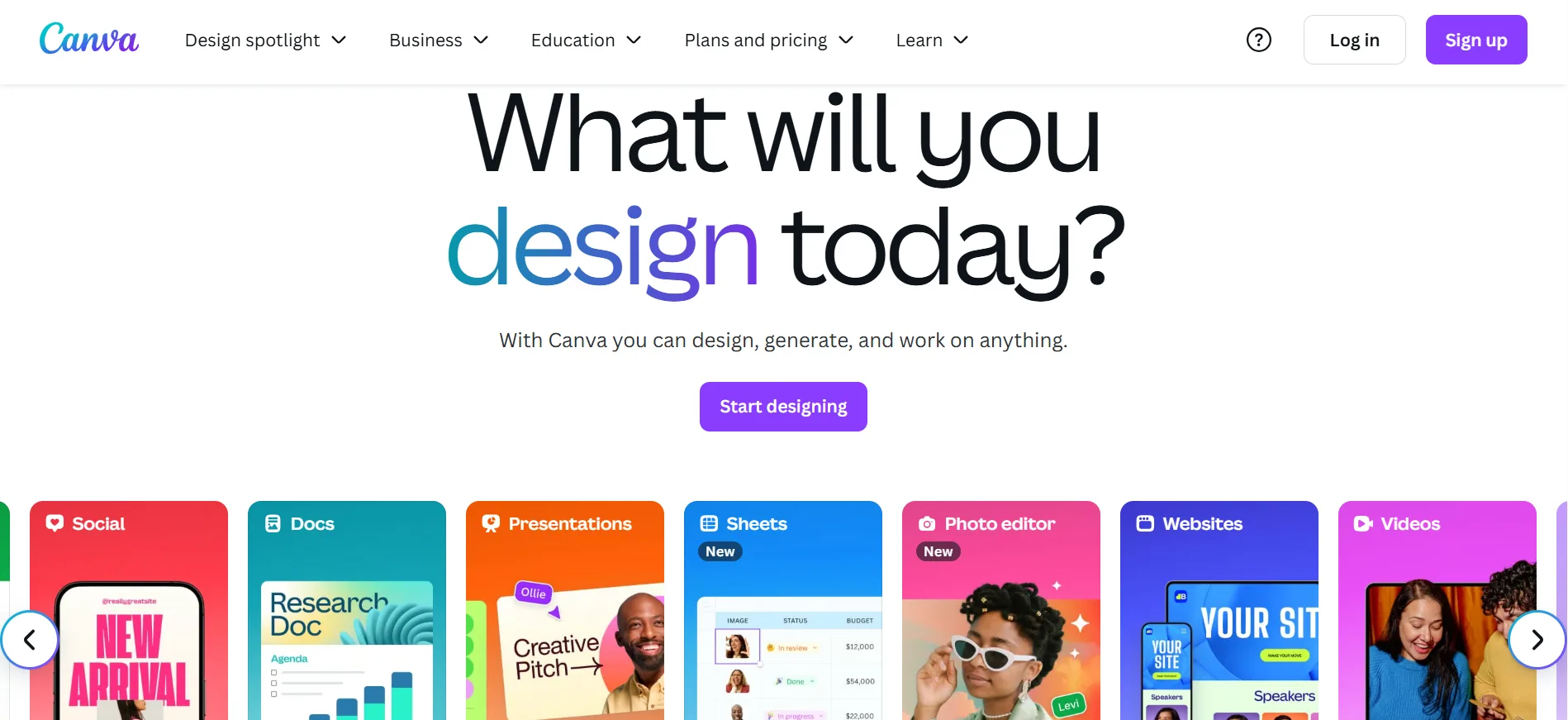
This is the easiest tool to make your content look clean and professional.
I use Canva for just about everything: Pinterest pins, YouTube thumbnails, Instagram carousels, even short video templates.
You can drag and drop stuff around, change colors, add text…it’s all super simple.
No design background needed. And yes, the free version is more than enough when you’re just starting.
2. Bitly
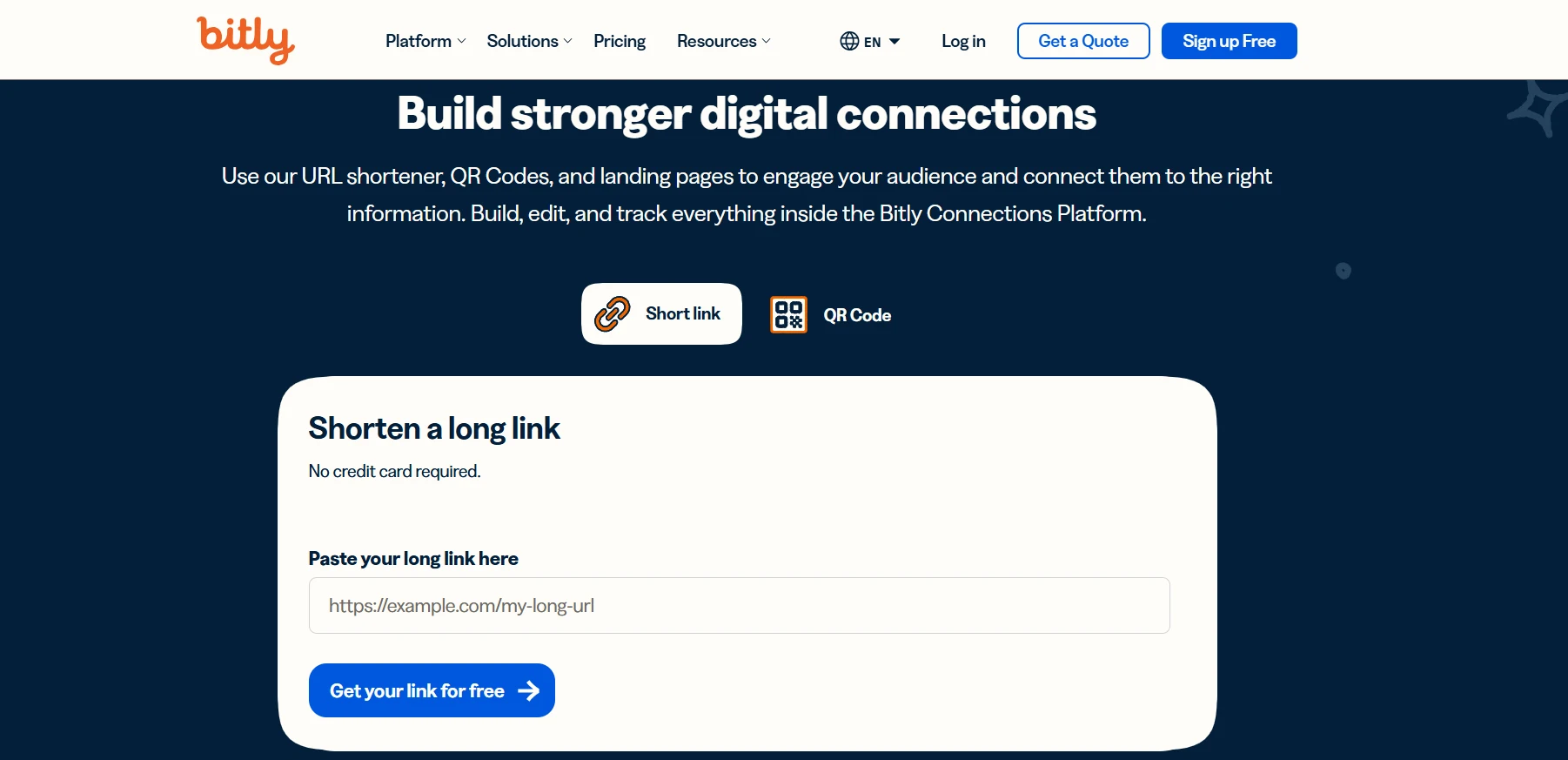
Nobody wants to click on a long, ugly affiliate link. Bitly helps you turn those links into something short and clean.
I always shorten my links before dropping them anywhere: comments, videos, and social posts. It just looks better.
Plus, it tracks how many people are clicking your links, which is huge when you’re testing what works.
It’s quick, simple, and gives your content a more professional feel.
3. CapCut
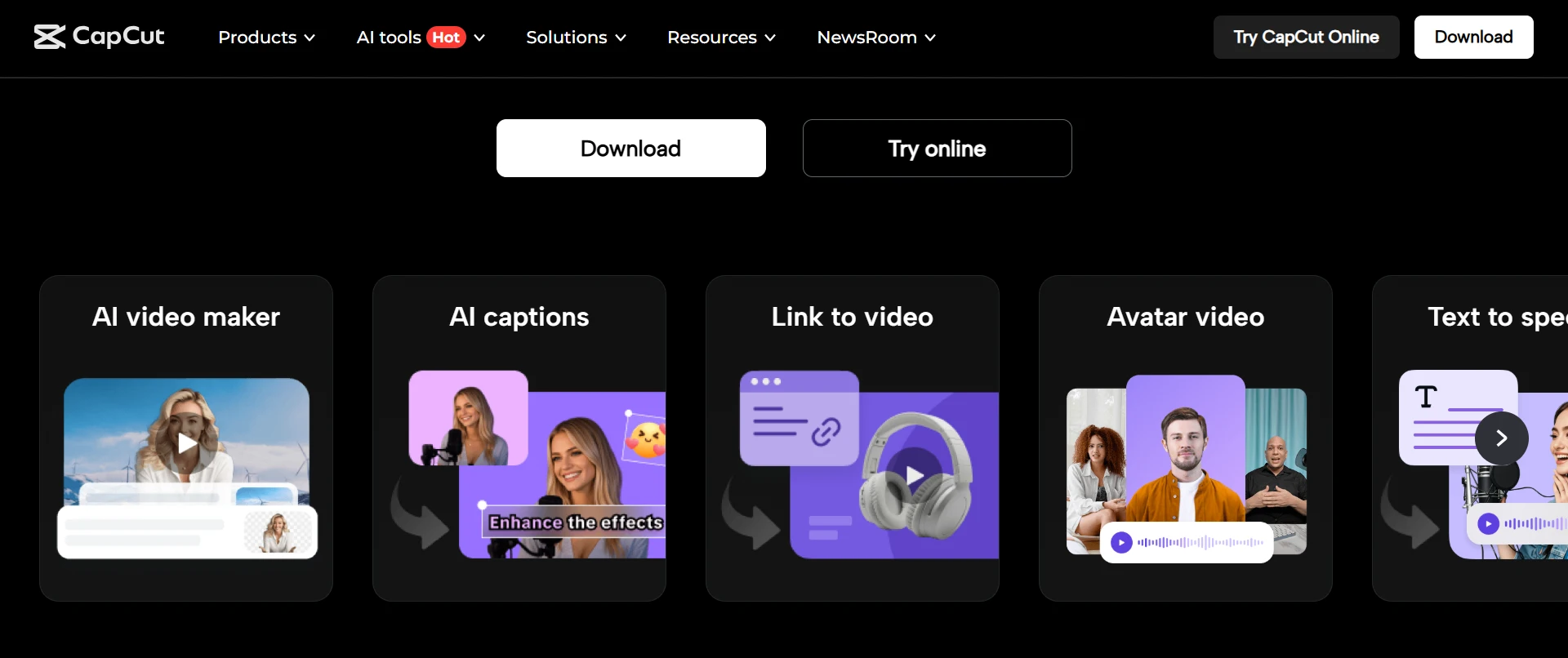
If you’re planning to create short-form videos, and you should, CapCut is your best friend.
You can edit clips, add text, insert captions, and even use templates if you don’t want to start from scratch.
This tool saves you hours. And it works great on mobile if you’re not editing from a laptop.
4. Google Docs (and Google Sheets)

I don’t care how good your ideas are; if you don’t write them down, you’ll forget them.
I use Docs to draft post ideas, write scripts, and outline video hooks.
Sheets are where I keep track of affiliate programs, links, platforms I’ve posted on, and performance. It’s not fancy, but it keeps me focused and organized.
5. Systeme.io
If you want to build a landing page or start collecting emails without paying anything, Systeme.io is one of the best free options.
You can set up a basic funnel, add your affiliate link, and even automate simple emails.
You don’t need coding. Just drag blocks around and hit publish. It’s a smart option if you want to look more polished without building a full website.
6. Linktree
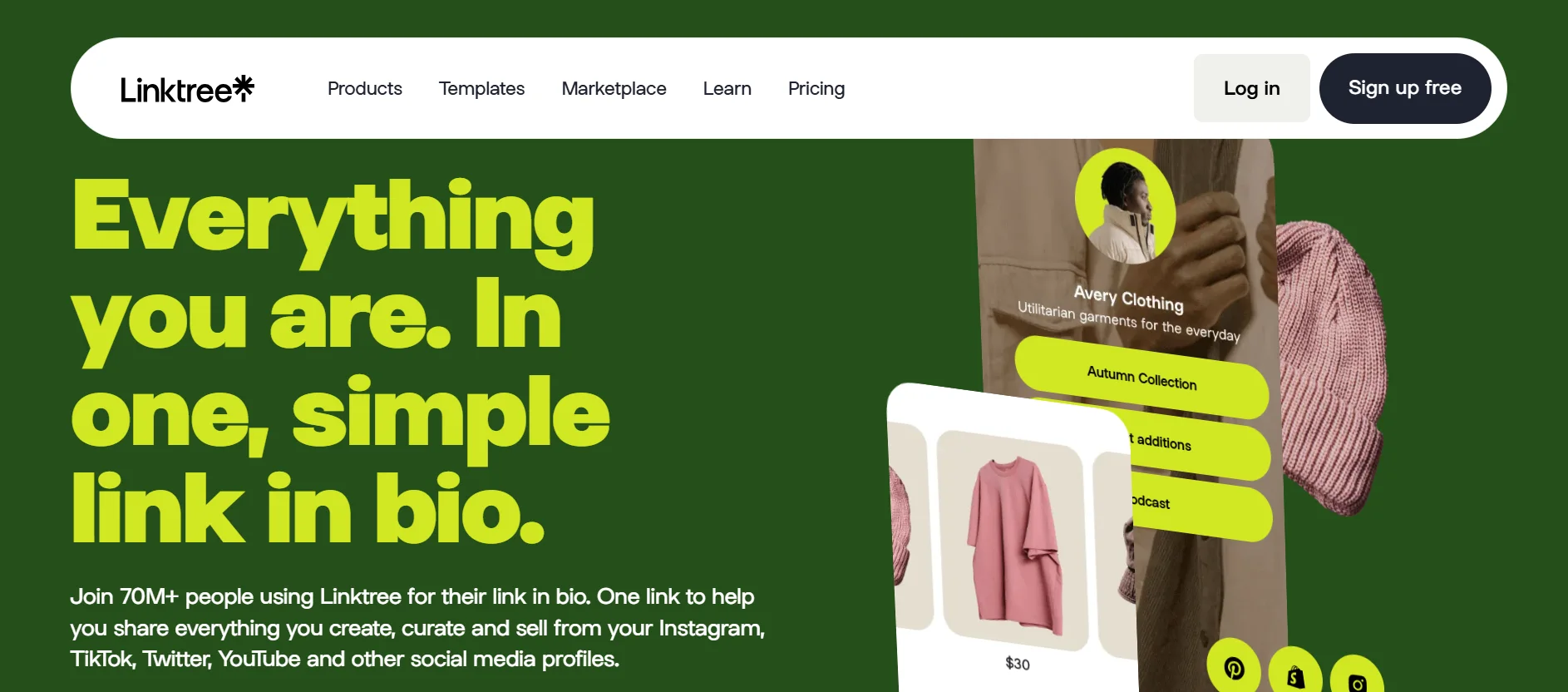
This one’s a lifesaver when you’re promoting in your bio or content description. You can drop all your affiliate links in one place and share just one Linktree URL. It’s perfect for TikTok, Instagram, or even your email signature.
It makes it easier for people to find everything you’re recommending, without jumping through hoops.
So Here’s the Point…
You don’t need to spend money to start affiliate marketing. These tools are free, simple, and powerful enough to help you build momentum.
Start with what you have. Keep it basic. Focus on content, consistency, and clear messaging.
Once the money starts coming in, then you can upgrade.
But until then? These six tools will carry you just fine.
Tips to Stay Compliant
Let’s not skip this part. You can have great content and solid links, but if you don’t follow the rules, platforms will shut you down. And once that happens, it’s hard to bounce back.
Here’s how to keep things clean and stay out of trouble:
1. Use disclaimers in your posts
Always let people know when a link is an affiliate link. You don’t need to over-explain it. Just say something like: “This post may contain affiliate links. I may earn a small commission if you buy through them.”

That simple line keeps you safe and builds trust. People respect honesty.
2. Follow each platform’s rules
Every platform has its own policy on affiliate links. Some don’t allow them in comments. Some want you to use link-in-bio only. Some want clear labeling.
Before you post, take five minutes and check the guidelines. That small step can save you a major headache later.
3. Be honest with your reviews
Don’t say something is “the best ever” if you haven’t even used it. If a product has downsides, say so. You can still recommend it, just be real. When people see you’re being straight with them, they trust your link more.
4. Don’t fake urgency
Don’t lie and say something is “ending tonight” if it’s not. Urgency works when it’s real. But fake scarcity gets old fast and ruins your credibility.
5. Keep your content helpful, not just salesy
Your goal is to help first. Sales will follow. If your content sounds like a walking ad, people tune out. Make it about solving problems, not pushing products.
Stay clean. Stay real. That’s how you build something that lasts and avoids getting flagged, banned, or ignored.
Mistakes to Avoid
Most people don’t fail because affiliate marketing is hard. They fail because they keep doing the wrong stuff over and over.
If you’re starting without a website, these mistakes will slow you down or kill your momentum completely.
Here are five things to avoid:
1. Spamming links everywhere: This is the fastest way to get ignored or banned.
Dropping your affiliate link in every comment or message without context just makes people scroll past you.
Instead, lead with value. Help first. Drop the link only when it makes sense.
2. Trying to be on every platform at once: You don’t need to be everywhere. In fact, trying to post on TikTok, YouTube, Instagram, Facebook, Medium, and Pinterest all at once will just burn you out.
Pick one platform. Focus hard. Build momentum. Then expand if you want.
3. Promoting things you don’t understand: If you don’t know how a product works, don’t promote it. People will ask questions. If you can’t explain it clearly, they won’t trust you, and they definitely won’t click.
Only promote stuff you’ve used, tested, or can confidently talk about.
4. Overthinking content: You don’t need perfect lighting, pro gear, or a full script to post.
Just start. Share something useful. You’ll get better by doing, not by planning for weeks.
Done is better than perfect. Especially in the beginning.
5. Ignoring your audience: When someone comments, reply. When someone asks a question, answer it. Building trust doesn’t come from one post; it comes from showing up and talking to people.
If you treat your audience like they matter, they’ll treat your content the same way.
You don’t need to be perfect. But if you avoid these five traps, you’ll move way faster than most people trying to fake their way through this.
Final Thoughts
If you’ve made it this far, you’re not just curious, you’re serious. That’s a good place to start.
Now here’s the deal… don’t try to do everything at once. Don’t get caught up chasing every platform, tool, or “best method.” That’s how most people stay stuck.
Pick one method. One platform. One product. And just start.
It won’t be perfect. That’s fine. You’ll learn way more by posting messy content than by waiting to feel ready. Perfection slows people down. Consistency moves things forward.
So here’s your next step:
Pick one product you like.
Pick one platform you’re comfortable with.
Create one helpful piece of content around that product, and post it.
That’s it. Don’t overthink it.
Once you get that first click, that first comment, that first sign of progress, you’ll get it.
Affiliate marketing without a website isn’t about tools. It’s about showing up with value, one post at a time.
Now go make it happen.
Frequently Asked Questions
Can I start affiliate marketing without a website?
Yes, you can start affiliate marketing without a website. Many beginners use platforms like TikTok, YouTube, Facebook, Medium, and even email to promote affiliate links. As long as you have a product to promote, a platform to share your content, and a clear message, you can earn commissions. Focus on creating helpful content, being consistent, and sharing value. A website can help later, but it’s not required when starting out. Just choose one platform and stick with it.
What is the best way to promote affiliate links without a website?
The best way is through short-form video (TikTok, Reels, YouTube Shorts), social posts, or content on Medium or Quora. Pick one channel where you feel comfortable, create helpful or interesting content around the product, and include your affiliate link in your bio or post (if allowed). Be transparent with your audience, give value first, and never spam. Your content should solve a problem or answer a question. That’s what gets clicks.
Do I need a landing page if I don’t have a website?
No, you don’t need a landing page, but it can help. Free tools like Systeme.io or Linktree let you create a simple page to organize your affiliate links. This is great if you’re promoting on TikTok, Instagram, or other platforms that only let you share one link. A clean landing page gives your audience one easy place to click and choose what to check out. It’s not a must, but it makes things easier and looks more professional.
What kind of content works best for affiliate marketing without a website?
Content that solves problems, shares quick tips, tells stories, or compares products works best. Think short videos, helpful posts, reviews, or tutorials. If you’re using video, grab attention in the first few seconds. If you’re writing, keep it clear and honest. Don’t try to sell, just focus on helping. The more value you give upfront, the more likely people are to trust your recommendation and click your link.
Is affiliate marketing without a website beginner-friendly?
Yes. In fact, it’s often easier to start this way. You don’t need tech skills, hosting, or a content-heavy blog. Just a product you believe in, a platform you’re comfortable using, and the willingness to create simple, helpful content. The key is consistency. Many beginners get their first commissions from TikTok or YouTube without ever touching a website. Start small, stay real, and improve as you go.


